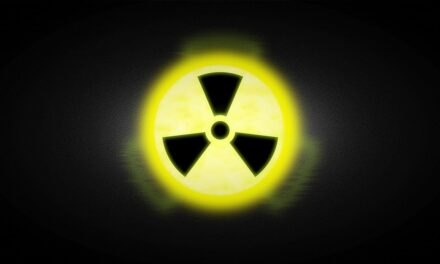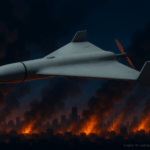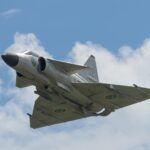Russia’s latest “new” combat vehicle isn’t new at all: it’s the GAZ-69, an early-Soviet 4×4 light truck first built in 1952 and produced into the early 1970s at the Molotov plant. Recently filmed and photographed near the front, these museum-age trucks are being pressed into service as troop carriers and assault transports, a vivid sign of how deeply equipment attrition has bitten into Russia’s inventory. The GAZ-69 weighs roughly 3,500 pounds, is unarmored in its original form, and was never intended to survive modern drone-saturated battlefields; units have been spotted with improvised “anti-drone” cages or screens welded over the cab and bed in a bid to reduce vulnerability from top-attack FPV munitions. The renewed presence of the type coincides with Russia’s accelerating de-mechanization: after losing more purpose-built armored vehicles than it can replace, the army has leaned ever harder on civilian or legacy platforms—vans, light trucks, compact cars, ATVs, and motorcycles—to haul infantry and supplies and even to spearhead local assaults. Open-source footage shows columns of civilian cars and 1950s GAZ-69s heading toward Ukrainian lines, reinforcing that this is a systemic adaptation rather than a one-off curiosity. Analysts estimate Russian losses of armored and heavy equipment have surpassed 20,000, a figure that roughly exceeds the entire British Army vehicle fleet, and some surveys now attribute the majority of visually confirmed Russian vehicle losses to civilian types adapted for war. While this shift has not erased Russia’s numerical advantages in people and overall vehicle counts, it has imposed hard limits on what its forces can achieve: lightly protected columns can grind forward under massed artillery and manpower, but they struggle to break through layered defenses or exploit gains without the protection, firepower, and mobility of true armored vehicles. In short, the GAZ-69’s return is less a retro novelty than a diagnostic: it captures a force absorbing heavy attrition, substituting quantity and improvisation for quality, and accepting elevated risk to crews as the price of maintaining pressure along the front.
Russia Fields 1952 GAZ-69 Trucks as War Losses De-Mechanize Army












